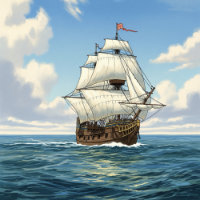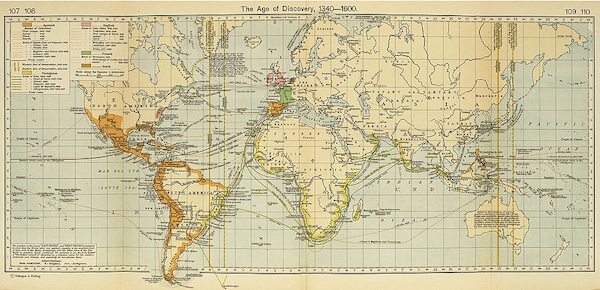

The Pack contains associated resources for the learning experience, typically in the form of articles and videos. There is a teacher Pack (with only teacher information) and a student Pack (which contains only student information). As a teacher, you can toggle between both to see everything.
Here are the teacher pack items for European Exploration:


Overview: In this experience, students gain an understanding of the motivations for European exploration and colonization of the Americas by evaluating secondary sources and comparing the motivations between European powers. First, students consider why people from the past left their homes to journey to unknown places and what risks they might have faced. Next, they evaluate a video to identify and summarize the three main motivations for European exploration and colonization. Then, they compare and contrast the main motives for Spanish, French, and English efforts to explore and colonize. Finally, students are invited to explore the origins of the term Age of Discovery and consider if it accurately describes the time period. Estimated Duration: 45 - 60 minutes Vocabulary Words and Definitions: Objectives:

Between the 15th and 17th centuries, European explorers set out from their homelands on long and uncertain voyages across the globe. Their journeys would bring both benefits and lasting consequences for people around the world.
In this lesson, you’ll learn about European exploration, including the technological advancements that made exploration possible and the reasons why Europeans embarked on journeys across unfamiliar seas.
Objectives:
Why might people in the past have chosen to leave their homes and journey to unknown places? What risks and rewards do you think they imagined?
